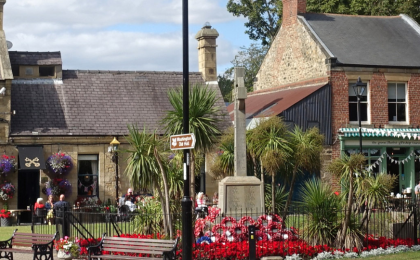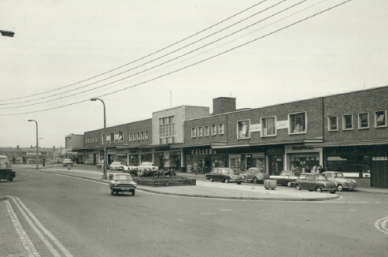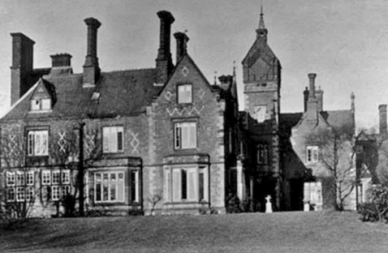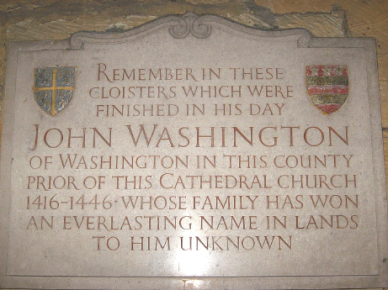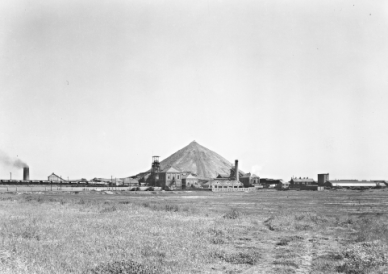Washington is a 'New Town' within the district of Sunderland, Tyne & Wear. Historically part of County Durham, it is the ancestral home of the Washington family, from whom the first U.S. President, George Washington, descended. Situated between Chester-le-Street, Gateshead, and Sunderland, Washington was designated a New Town in 1964 and became part of the Borough of Sunderland in 1974, which later became a city in 1992.
Since its designation, Washington has expanded significantly, with new villages created and areas reassigned from Chester-le-Street to provide housing and employment for newcomers from surrounding regions and beyond. According to the 2011 census, Washington had a population of 67,085, up from 53,388 in 2001.
A new Heritage Research Group (HRG) meets monthly at the Washington Arts Centre to share local history and heritage research findings, and to map local history walks and heritage trails.
To join in with activities of the Washington Heritage Research Group, email [email protected] for details.
Read the latest minutes and study updates from the group here. Archive meeting minutes will appear here as the group progresses.
The WEA's HLF-funded 'Routes of Social Change' project is participating in the Washington Heritage Partnership's celebration of the 60th anniversary of the New Town's designation on 24th July, 1964 - "Washington 60".
Contact Matthew at [email protected] for details of a guided Heritage Trail to take place on Saturday, 6th July."
Other useful links:
Washington History Society, Washington
Facebook - Washington Heritage Partnership
Twitter - Washington Heritage Partnership
The George Washington Connection:
William de Wessyngton was an ancestor of George Washington, the first president of the United States, after whom the U.S. capital, a state, and many other places are named. Though George Washington's great-grandfather John Washington emigrated to Virginia from Northamptonshire in England's East Midlands, Washington Old Hall was the ancestral home of George Washington's family. The current structure includes remnants of the medieval home where they lived. Each year, American Independence Day is commemorated with a ceremony at Washington Old Hall.
Local Attractions:
Washington is home to the Wildfowl and Wetlands Trust nature reserve and the Washington 'F' Pit Mining Museum. The Washington Arts Centre, housed in a converted farm building, features a vibrant exhibition gallery, community theatre, artist studios, and a recording studio. The North East Land, Sea, and Air Museums (NELSAM) are located just north of the old RAF Usworth base, with much of the remaining area now occupied by the Nissan plant, which led to the closure of the municipal airport in 1984.
Industrial Heritage:
Washington had a significant coal industry, with several pits throughout the area. One such pit, in the Albany district, is preserved as the 'F' Pit Museum. Many of Washington's old communities developed around these pits. Supporting the mines, a series of wagonways and later railway lines transported coal to Staithes on the River Wear, where it was loaded onto barges and taken to seagoing vessels at Sunderland.
Historical Figures:
Sir Isaac Lowthian Bell and his wife Margaret, grandparents of Gertrude Bell, lived in Washington New Hall on The Avenue. After Margaret's death in 1871, Sir Isaac established an orphanage in the house, named Dame Margaret Home in her honour. It later became a Dr. Barnardo's home until World War II. After the war, the National Coal Board took over the building as a training centre, and it subsequently became a children's home again.
Building the New Town:
Washington's development as a New Town aimed to achieve sustainable socio-economic growth. The town is divided into 18 residential "villages" and was initially organized into fifteen numbered districts. These numbered districts were abolished in 1983, though they persisted for some time on road signs and in postal addresses.
